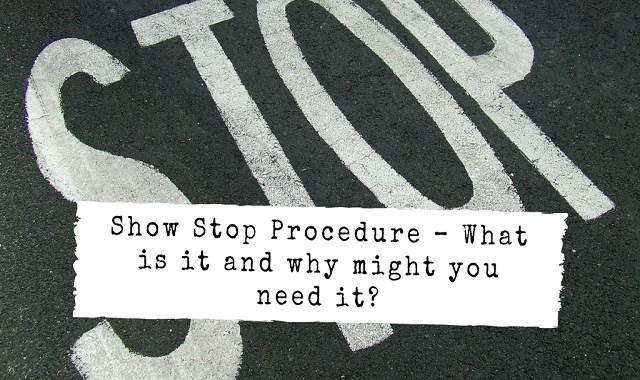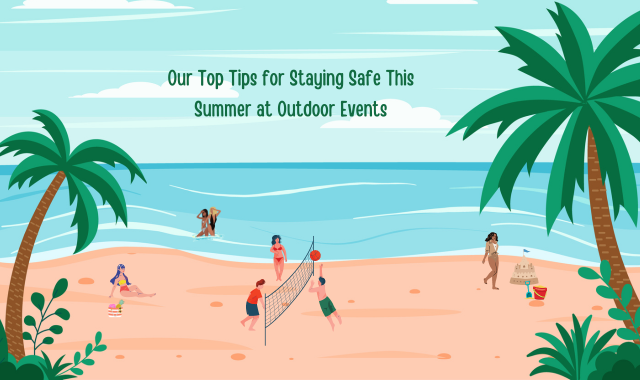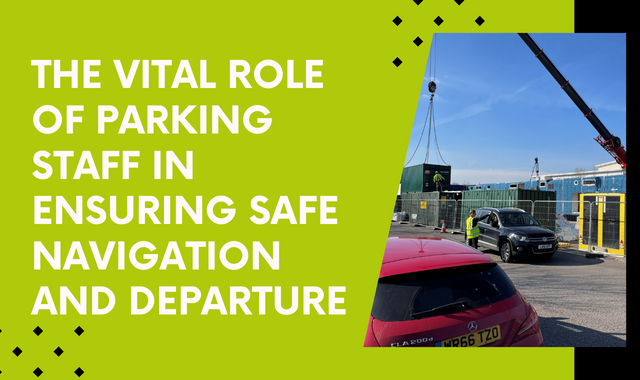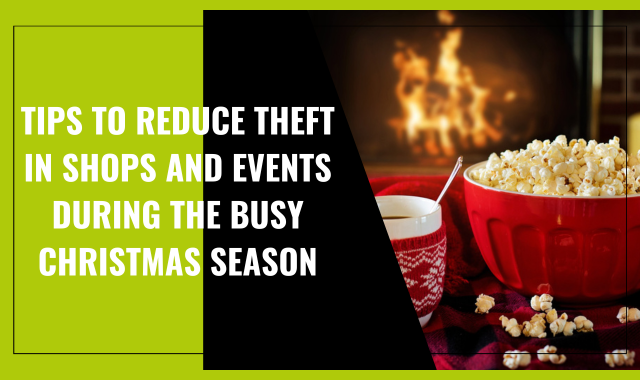Our Top Tips for Staying Safe This Summer at Outdoor Events Summer is the perfect…

Show Stop Procedure
Show Stop Procedure – What is it and why might you need it?
The show must go on!
The saying and the principle of no matter what, the performance prepared for the audience has to continue, originated in the 19th Century.
The crowds at theatres in the 1800s behaved very differently to the crowds at gigs, poetry readings and West End musicals we see today. If the performance didn’t happen, you would a packed and angry auditorium on your hands.
Of course, when gigs and performances are cancelled or postponed in the modern day, it may also be possible you have an angry concert hall full of people or festival goers to placate.
But if the show has to be stopped for safety reasons and its stopped in the right way with decisive action taken, crowds can be less reactionary.
And that’s why you need a Show Stop Procedure. But its more than just about keeping people happy – it’s about keeping them safe.
Prepared for the unexpected
As an event organiser, whether you are new to the game or an old hand, you need to be prepared for the unexpected.
The unexpected does and can happen. And when it does, all the planning and risk assessments come into force, guiding you and your staff what to do, how to do and who takes responsibility for what.
A Show Stop Procedure is part of an Emergency Response Plan (ERP). This is the pre-determined set of actions when the unexpected happens and an emergency begins to unfold.
Firstly, you would determine what would constitute a reason for enforcing the Show Stop Procedure. In most cases, it is where there is ‘risk to life’ and could be as a result of;
Adverse weather, especially for outdoor gigs and festivals such as high winds and gales, lightning strikes and so on..
- Security breaches
- Crowd safety incidents, such as crushing or stampedes
- Structural problems, such as a marquee collapsing
- Gas leaks or electrical failures
- Fire
- Terrorism or a bomb threat
This list is not exhaustive and it is worth considering what constitutes an emergency that stops the show.
Why does your event need a Show Stop Plan?
Whilst the band is playing, the singer singing or the performers are doing their thing, the crowd, a swaying mass of people, have a focus. If the band suddenly stop playing and there is a panicked announcement, the whole situation could ignite within seconds.
A prepared Show Stop Procedure is essential for many reasons but the overlying message is clear:
It communicates the right message, in the right way at the right time and by the right people.
Who does it involve?
In a nutshell, a Show Stop Procedure is about effective communication between everyone including;
- the performers and their representatives
- designated safety coordinators in that area or stage
- security personnel such as the team from Envisage Security Staff
- promoters representative
- venue management
It identifies WHO is responsible for setting off the show stop procedure and how this is communicated to the audience.
You need a pre-written message to give clear information to everyone, especially your audience, on what to do, where to go and so on.
When your security and safety staff hear this announcement, they should switch to their role in the show stop procedure process. This could be ensuring the exit doors and gangways are clear and that people flow through whilst looking out for vulnerable members of the audience, staying in touch with the control team and so on.
Crowd safety is YOUR responsibility
Panic can easily set in but when instructions and emergency procedures are delivered with authority and confidence, people respond rather than react.
Do you know how to put together a Show Stop Plan? why not contact us because we do!
GET IN TOUCH


